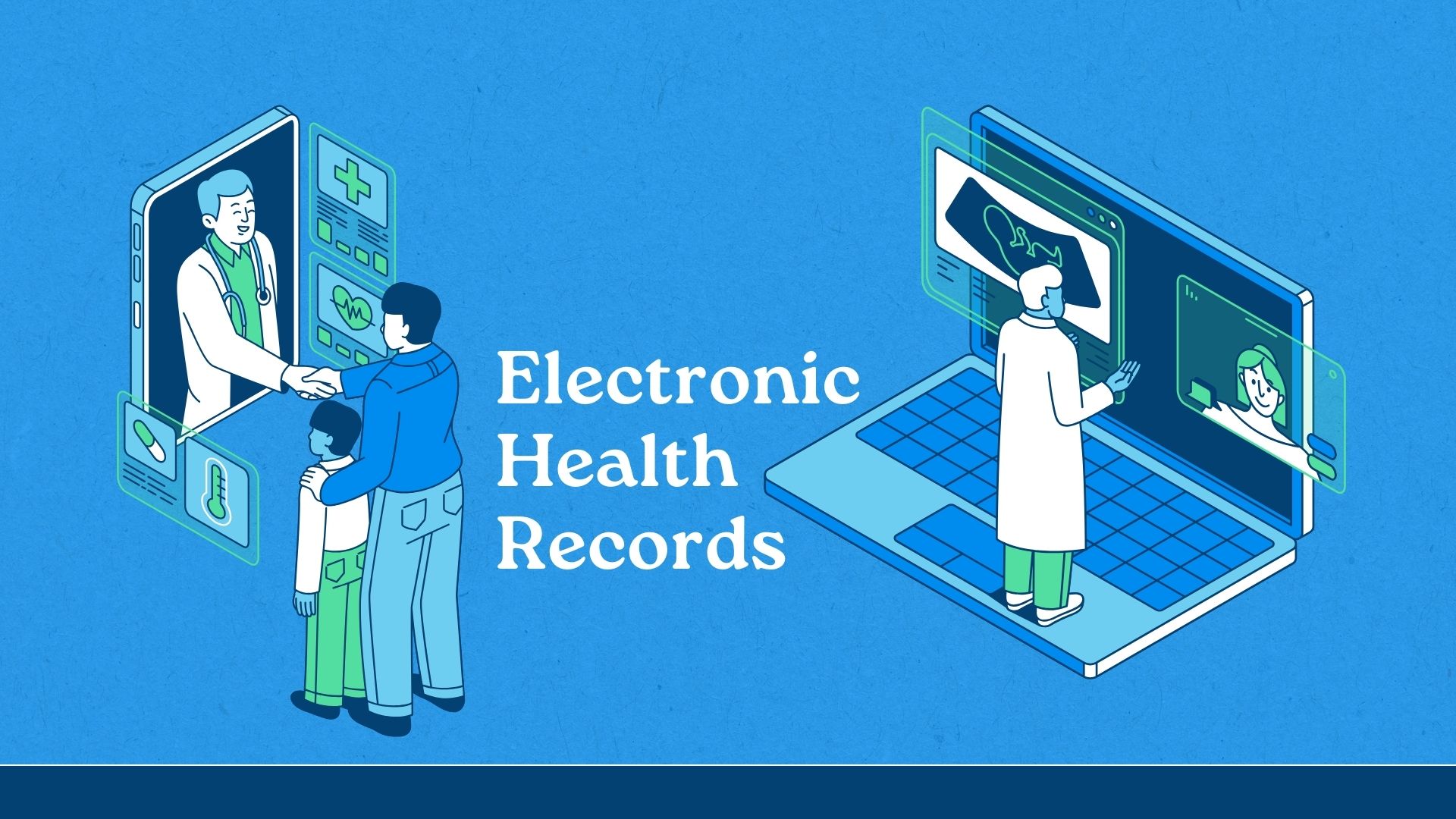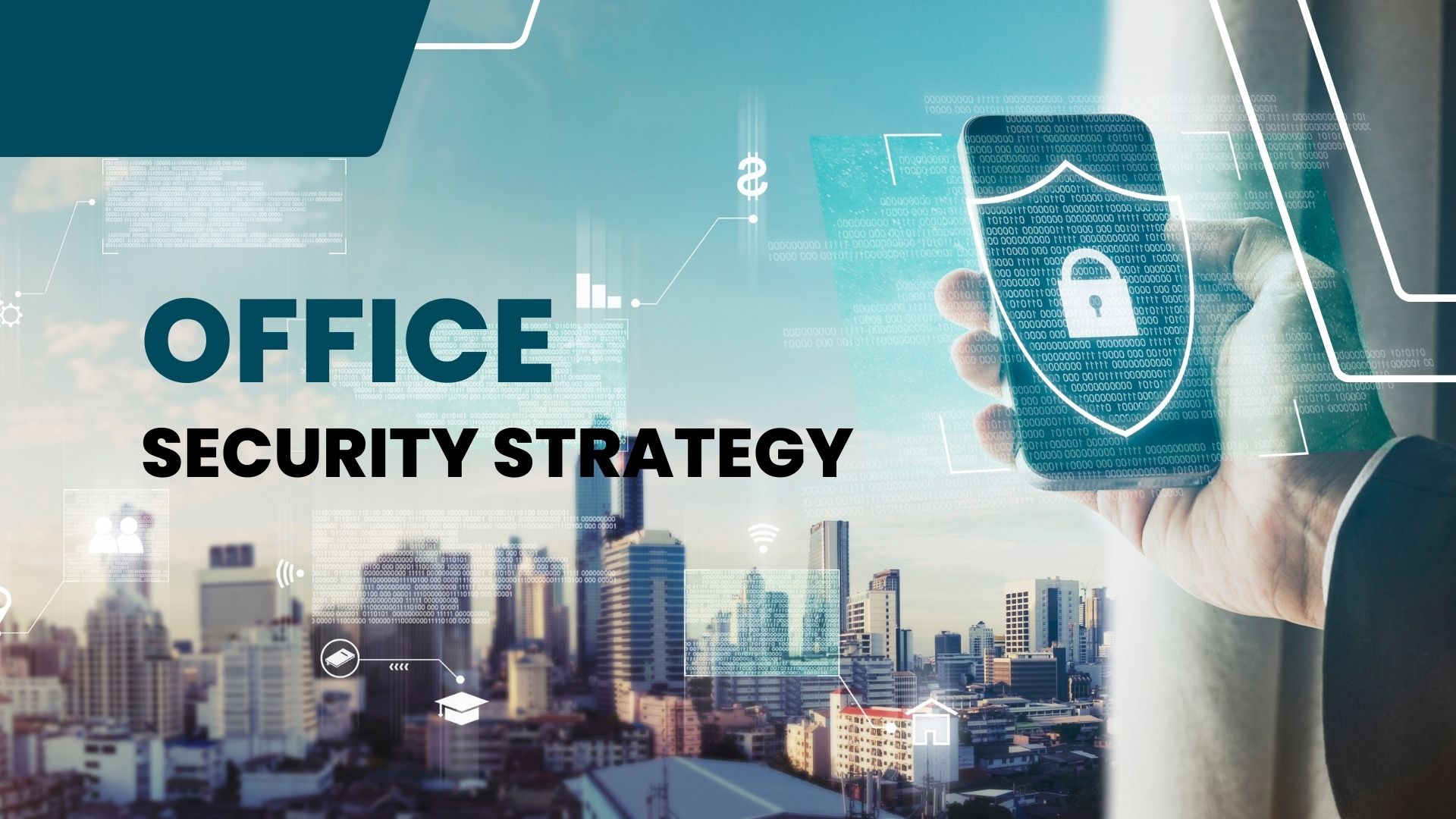Happy Talk
 We are only beginning to see the effects of offering relevant, personalized value propositions to individual customers through their preferred channel. The results can dramatically increase loyalty and customer lifecycle values in the form of more frequent and larger repeat purchases, lower acquisition costs, and word of mouth referrals to friends and family.
We are only beginning to see the effects of offering relevant, personalized value propositions to individual customers through their preferred channel. The results can dramatically increase loyalty and customer lifecycle values in the form of more frequent and larger repeat purchases, lower acquisition costs, and word of mouth referrals to friends and family.
But it's easy to sell the tremendous potential of CRM. It's a lot harder to deliver, as demonstrated by the high failure rates of CRM implementations. One may well suspect that the unrealistic expectations about the ease, simplicity and fast financial returns is a major contributing factor to the sad state of preparedness of most businesses when undertaking CRM.
Last week I attended a CRM seminar, at which I got an unpleasant, first-hand look at just how unrealistic expectations can be set. The seminar was hosted by a triad of vendors: probably the best-known “strategic marketing” guru in the world, a Big Five consulting firm and a very successful software supplier. The guru, on one of his whirlwind tours to evangelize CRM, made the following two key points to a packed conference room at one of New York's finest mid-town hotels:
- CRM can offer immediate financial benefits in reduced costs and higher revenue in a down economy.
- In implementing CRM, technology is the easy part.
For those of us in the real world faced with the hoary task of designing and executing successful CRM strategies and technologies, it was painful and difficult to hear such nonsense.
So, in the spirit of setting the record straight, let me rebuff these two points, lest someone actually start believing them:
CRM does NOT offer immediate financial gains
While CRM offers the potential for significant long-term financial success, it is not best implemented as a “quick hit.” In fact, one of the sure-fire ways of ensuring CRM failure is to set unrealistic expectations of immediate financial payback.
If you're looking to cut costs in a down economy, forget about implementing a CRM system. You will find that it is expensive and requires a tremendous amount of upfront thinking, change management and business process re-engineering, as well as technology planning and strategy. CRM can't be successfully implemented without a serious look at your customers, value proposition, true market position competitive strengths, incentive structure, skill sets of your people, and the current state and future direction of your technical architecture.
While some customer-facing strategies and systems can be implemented incrementally, their benefit will most likely be incremental as well.
For businesses struggling to maintain profitability in a down economy, they are better served by holding off major customer-facing initiatives and refocusing their customer service efforts to retain clients and improve satisfaction levels. By retaining their current customer base and carefully managing expenses, businesses can generate enough revenue to maintain at least a modest level of profitability.
Technology is not the easy part
To suggest that technology is the “easy part” of CRM is ridiculous. Yes, CRM often means considerable work in strategy, change management and organizational and incentive compensation design. Corporate leadership and governance issues are considerable — even massive for some organizations. But, with an inspired and competent leader who has the vision and guts to knock heads together and get results, a lot of these cultural and organizational issues can be readily resolved.
The technology part of CRM is a major undertaking, requiring a highly disciplined and informed strategy and execution. Let's look at three issues — architecture, application integration and data management:
Architecture: Most businesses are forced to live in two worlds at the same time: a two-tiered client/server legacy architecture of distributed desktop computing, which is expensive to maintain, not very scalable and not geared for Internet interactivity, and a new multi-tiered, server-based computing architecture, which is the wave of the future.
Living with these two different (and expensive) architectures represents a major headache for most organization, forcing many difficult trade-offs and touch decisions in migrating from the past architecture to the future architecture. With new technology constantly influencing the cost/benefit equation (new technology continues to enable a broader base of less-skilled workers to perform the tasks once required of highly-skilled specialists), planning your architecture requires not only constantly re-engineering your existing infrastructure, but also making well-informed, smart bets (and sometimes big bets), on where future technology is heading.
Application integration: Due to the fast-changing developments in technology, the plethora of stand-alone and proprietary “point solutions” and the furious pace of corporate restructurings (acquisitions, divestitures and re-combinations of people, facilities, systems and business plans), most medium- to large-sized organizations represent a hodge-podge of disparate, poorly compatible computer systems.
Systems integration remains a manually intensive, painful and inexact science of getting technologies that were never meant for each other to work together seamlessly. This is often achieved through point-to-point custom coding between applications — although such solutions are expensive, hard to maintain, and not scalable. With the advent of application and integration servers, many of these issues can be resolved successfully, but require a massive investment.
Data management: The ability to integrate the different customer views across multiple channels is a major challenge for most businesses because:
- The front-office systems of most large organizations are characterized by “islands of computing” in which old, inaccurate and fragmented views of the customers are held captive by a diverse assortment of proprietary customer-facing applications each with its own data model and data store.
- Customer information is held in both structured (database) and unstructured (fax, memos, e-mails, reports, manuals, Web content) data, which is difficult to integrate.
- Most organizations do not have a data management strategy to identify and track what information is useful (has economic value) vs. what is useless.
Even for smaller businesses or start-ups, which have been able to enforce and maintain a single technology standard, achieving this functionality — the sharing of data among many different applications by replicating and/or re-purposing this information — still represents a major technical challenge.
Conclusion
At the end of his talk, this well-known guru predicted that, over the next two years, we'll read about major multi-million dollar CRM implementation failures by corporate America.
If these same corporations are listening and believing in what this guru is telling them, that's one prophesy that will turn out to be self-fulfilling.
Arthur O'Connor is a senior manager in the financial services practice of KPMG Consulting specializing in customer-facing strategy as well as related architectural and organizational issues. An accomplished author, speaker and consultant, Arthur is one the country's leading experts in customer relationship management (CRM) and eCRM.




